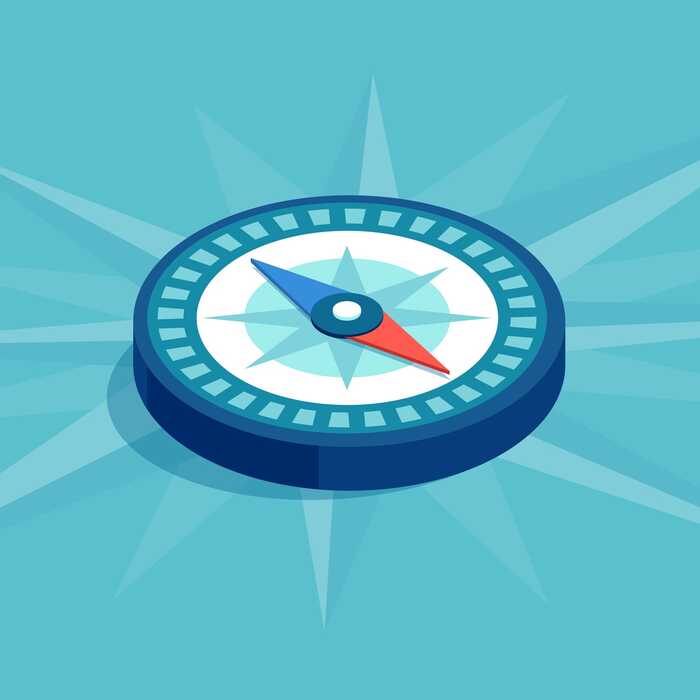How to Create the Perfect Ecommerce Page for your Business
A successful Ecommerce site gives businesses the power to conquer new markets while offering them a solid foundation if their physical store is struggling. If your business is still in its embryonic stage, an Ecommerce site can potentially establish worldwide brand recognition before you even open a brick-and-mortar residence. In the world of digital retail, you needn’t ever open a store!

Here’s something to mull over while you throw down your third coffee of the morning. There’s an entire generation of adults out there who’ve not lived in a world without the internet. It’s become such an ubiquitous force that it impacts practically every aspect of our existence. We use it for socializing, entertainment, work, research and, of course, shopping.
By 2025, it’s estimated that the global worth of the Ecommerce market is set to hit nearly £750 billion—that’s creeping close to $1 trillion. With these mammoth projections in mind, for an already thriving digital market, retailers simply cannot afford to stay offline if they want to engage with their customer base.
A dedicated Ecommerce site gives you full control over every minuscule feature of the customer experience. Each aspect of the website can be tailored exactly how you want it—from shipping, customer service, branding, design, purchase options—whatever you need to optimize your site and create a worthwhile and effective shopping environment for your customers.

Navigation
If there’s one fundamental ingredient that will create a satisfying online retail experience for your customer, it’s making sure your website site is easy to navigate. If a visitor is unable to find what they’re looking for right away, or can’t traverse themselves around your website fluidly without running into stumbling blocks or dead ends, they’ll simply jump off and try somewhere else. There’s just too much competition out there to give your potential customer an excuse to leave.
A well-thought-out navigation bar is a great way to simplify the movement around your site. Whether it’s located vertically on the left-hand side or running horizontally across the top of your website, it should be an easy-to-decipher landing point for all your customers’ needs. A simple menu of relevant pages that your visitor is most likely to want to explore.
The bottom line, if a potential shopper wants to find out about a product or service, or, even better, make a purchase, they categorically have to be able to find the right path.
Fumble this basic task, and it’ll be like putting all your fabulous wares inside a locked cabinet and throwing away the key.
Product descriptions and images
“People want to know what they’re buying.”
Now that we’ve heard from our spokesperson, Captain Obvious, let us elaborate by saying that product descriptions are an important part of your Ecommerce site and often the difference between making a sale and not. They should outline colours, measurements, functions—any basic details about your product that help bots index your page for SEO purposes. The very best item descriptions summarize a product as economically as possible; avoiding long sentences, cliches, and complex phrasing—making sure they hit all their SEO markers.
If you want to expand on the rudimentary bones of the product, or provide more in-depth information—how it’s made, a full breakdown of its materials and components, FAQs—save it for the individual product page. Once a visitor has expressed an interest and clicked: hit them with the cold hard facts!
Throw too much word soup at your customer and they’ll disengage. Attention spans are getting shorter by the day and there’s only so long someone will digest written information before they need a change in their digital diet. Visitors to your website will react positively to visual information—so take the time to source some high-quality images of your products to garnish your descriptions.
Think about this. How many times have you scrolled through a social media feed and stopped because of an engaging image of a product? Can you say the same about a product description on its own?

Clear path to purchase
Your clear goal should be to encourage visitors to your site towards a primary action. Namely, a purchase screen or checkout. The path between initial visit and final sale should be fluid and outrageously simple. Any roadblocks along this path, or any actions that are likely to cause frustration or confusion, need to be swiftly obliterated.
Here’s a fact. More than 21% of would-be shoppers abandon their carts before making the transaction because of an inadequate checkout system. Your online shop needs to support a safe, convenient path of purchase. Things like asking customers to register or provide a dissertation-sized entry of personal details before buying is a surefire way of making a dumpster fire out of a potential sale.
Create unique shopping experiences
Online retailers can directly impact the customer journey by creating wholly individual shopping experiences. Stories, videos, personalized services, social media and email marketing; all tools available to you as an Ecommerce enterprise. These experiences will go some way to persuading customers that online shopping provides far more inclusive opportunities than a regular brick-and-mortar store.

The importance of SEO
SEO is a crucial element for any Ecommerce website. It’s a fiercely unforgiving market out there, and your express aim as a business should be to outperform your competitors. Your products need to rank higher and present themselves effectively in order for potential customers to find what they’re looking for on the search engine results page (SERPs).
When a user types those ever-important keywords into their search engine of choice, it should be YOUR site that pops onto their screen and encourages a click.
When executed well, Ecommerce optimization strategies will help your website rank higher on the results page; your business will emerge as the perfect solution to the user’s search objectives.
The right kind of approach to SEO —fine-tuning keywords, content, engagement and links—can harvest an ongoing source of high-converting organic traffic to your site.
Finally...
Your Ecommerce site is much more than just a digital shop. It’s a place for your business to generate an engaging online experience for your customers; an environment that can strengthen your brand, attract new clients, and transform casual shoppers into loyal, returning patrons that are invested in your company. Creating an effective Ecommerce platform, supported by a well-throughout marketing strategy, is a surefire way of making a success out of the online sector of your business. If you need any help with your Ecommerce page, you know who to call…
*Hint: it’s us!
Other Relevant Resources
There's always more to learn, we recommend these blogs:
Posted by Jack Turner on September 8th 2021





